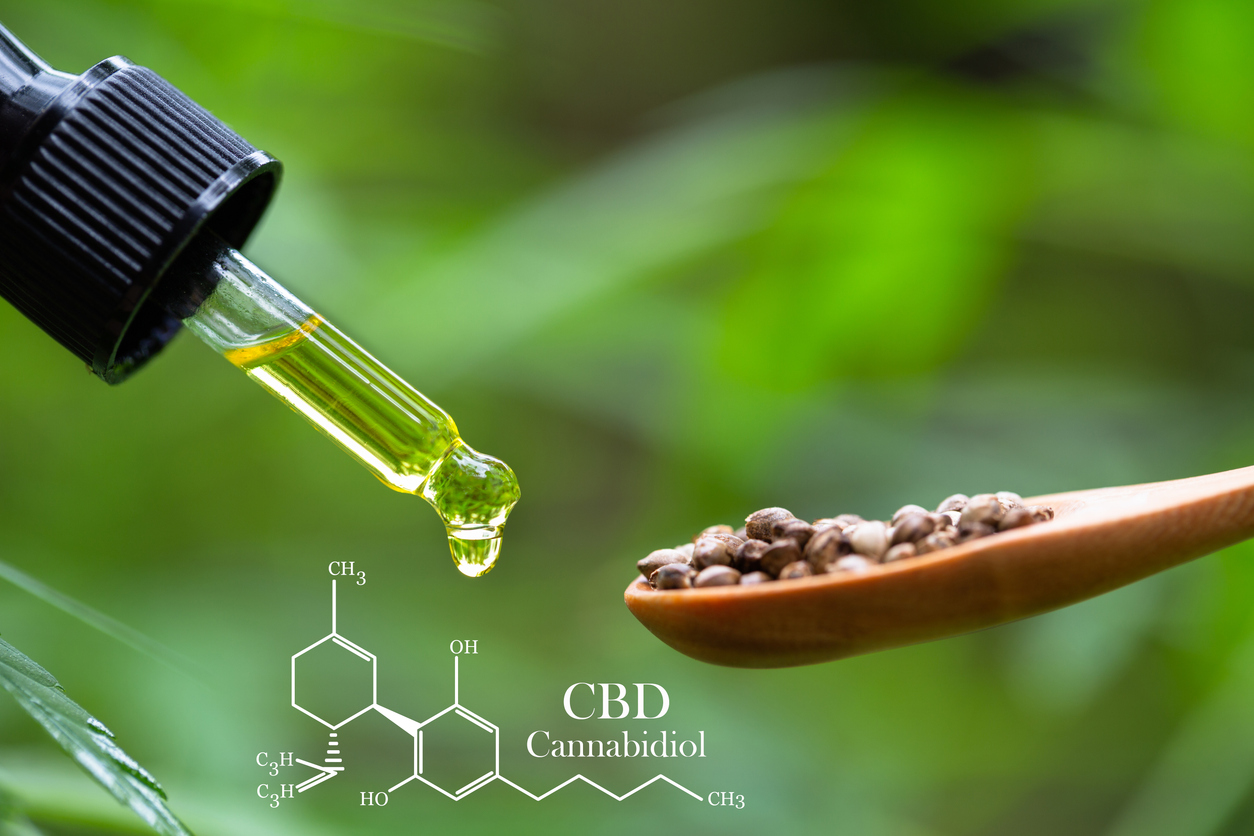In recent years, CBD (cannabidiol) has emerged from the shadows of stigma to become a sought-after solution for various health and wellness concerns. However, this journey from stigmatized substance to destigmatized product has been a complex and multifaceted one, shaped by shifting societal attitudes, scientific discoveries, and changing regulatory landscapes.
Before delving into CBD’s transition from stigma to acceptance, it’s essential to understand what we mean by destigmatized products. Destigmatized products are those that were once associated with negative perceptions or social taboos but have since gained acceptance and credibility among consumers and regulators. This shift often occurs as scientific research validates their efficacy and safety, leading to widespread recognition of their benefits.
CBD’s history as a stigmatized product dates back decades, intertwined with the broader stigma surrounding cannabis. Classified as a Schedule I controlled substance under the Controlled Substances Act of 1970, cannabis – and by extension, CBD – was portrayed as a dangerous drug with no accepted medical use and a high potential for abuse. This classification fueled misconceptions and fears surrounding CBD, hindering its acceptance and access for years.
However, as scientific research into the therapeutic properties of CBD began to accumulate, perceptions started to shift. Studies revealed CBD’s potential to alleviate symptoms associated with various health conditions, including chronic pain, anxiety, epilepsy, and inflammation, among others. Moreover, unlike its psychoactive counterpart THC (tetrahydrocannabinol), CBD does not produce the “high” typically associated with cannabis consumption, further distinguishing it as a non-intoxicating and potentially safer alternative.
Despite these scientific advancements, the stigma surrounding CBD persisted, fueled by misinformation, legal ambiguities, and lingering cultural biases. It wasn’t until the passage of the 2018 Farm Bill in the United States that CBD experienced a significant turning point. This legislation federally legalized hemp-derived CBD with a THC content of 0.3% or less, effectively separating it from marijuana and paving the way for its mainstream acceptance.
With regulatory barriers crumbling and consumer interest surging, CBD has transitioned from a stigmatized substance to a destigmatized product, embraced for its therapeutic potential and versatility. Today, CBD products can be found in various forms, including oils, tinctures, capsules, edibles, topicals, and more, catering to a diverse range of consumer preferences and needs.
One of the driving forces behind CBD’s destigmatization is its recognition as a natural alternative to traditional pharmaceutical approaches. As consumers become increasingly wary of synthetic drugs’ side effects and addictive properties, many are turning to CBD as a gentler, plant-based alternative. Whether it’s managing chronic pain, reducing anxiety, improving sleep quality, or enhancing overall well-being, CBD offers a holistic approach to health and wellness that resonates with a growing segment of the population.
Furthermore, CBD’s destigmatization is part of a broader cultural shift towards embracing natural remedies and holistic healing practices. As people seek alternatives to mainstream healthcare that prioritize prevention and wellness, CBD has emerged as a symbol of this paradigm shift, representing a return to nature and a rejection of artificial solutions.
In conclusion, CBD’s journey from stigma to solution is a testament to the power of science, advocacy, and societal evolution. As perceptions continue to evolve and regulatory barriers continue to fall, CBD’s role as a destigmatized, functional product is poised to expand further. By offering a natural alternative to more damaging pharmaceutical approaches and tapping into growing consumer demand for holistic wellness solutions, CBD is carving out a permanent place in the mainstream health and wellness landscape.


